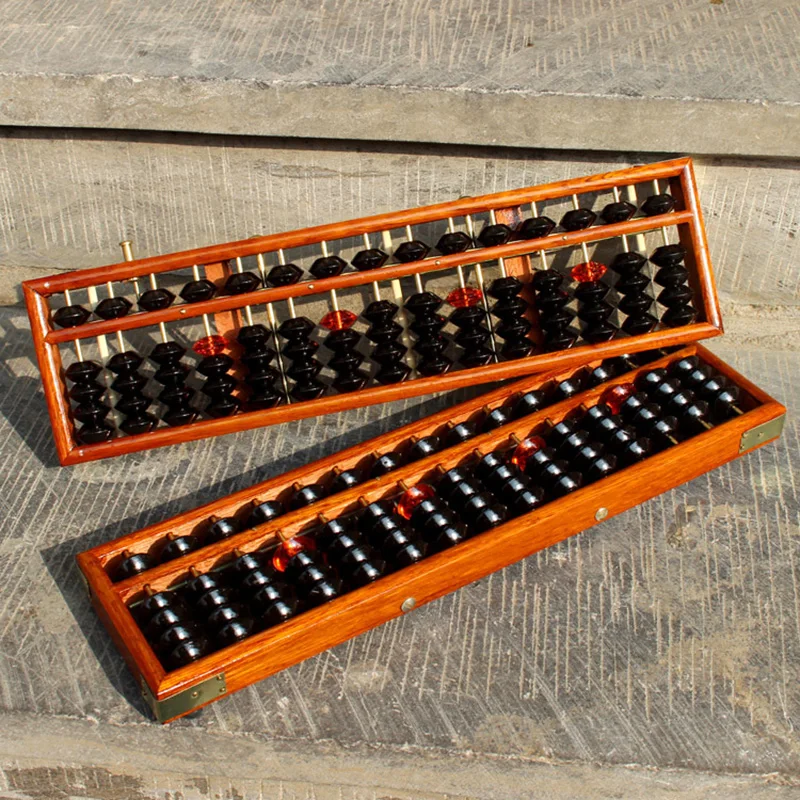


This unique activity develops such cognitive skills as number sense, memory, concentration, etc.
#JAPANESE ABACUS MATH HOW TO#
The Japanese style abacus not only reduced the number of beads per column to 5, but also changed the design. This study reports the results of a pilot mathematics intervention program carried out over a period of 10 weeks, looking at the benefits of using the. In this 6-week course students will learn how to do basic 1-,2-,3- digit calculations on a Japanese Abacus, Soroban (no formulas involved). It was introduced to Japan some 500 years ago, but the Chinese style abacus had 7 beads lined up in columns. It evolved in Egypt and Rome and it is said that the prototype of the modern abacus was completed in China.

The abacus originated from an instrument that initially came from the region of Mesopotamia, part of current-day Iraq, some 4,000 years ago. The Abacus is one of the worlds first real calculating tools and early forms of an Abacus are nearly 2500 years old. If you go into an abacus classroom around town, you will see children practicing mental arithmetic by looking at numbers displayed on a computer screen and moving their fingers in thin air as though using an abacus. The Abacus (or Soroban as it is called in Japan) is an ancient mathematical instrument used for calculation. Even though nearly everyone in today’s world uses calculators, the soroban is still used in Japan and is. It is derived from the Chinese suanpan (abacus) and was introduced to Japan from China in the 15th century. If you practice further you will be able to do quick calculations by just picturing the numbers in your head, even without an abacus to hand. The soroban, a Japanese abacus, is a centuries-old tool used as the original calculator by bankers, merchants and school children. The Abacus (or Soroban as it is called in Japan) is an ancient. If you just remember the simple rules on how to move the beads, anyone can add, subtract, multiply or divide using an abacus. Children look at the monitor and practice mental arithmetic (Courtesy of Koike Shuzan Kenkyu Juku)


 0 kommentar(er)
0 kommentar(er)
